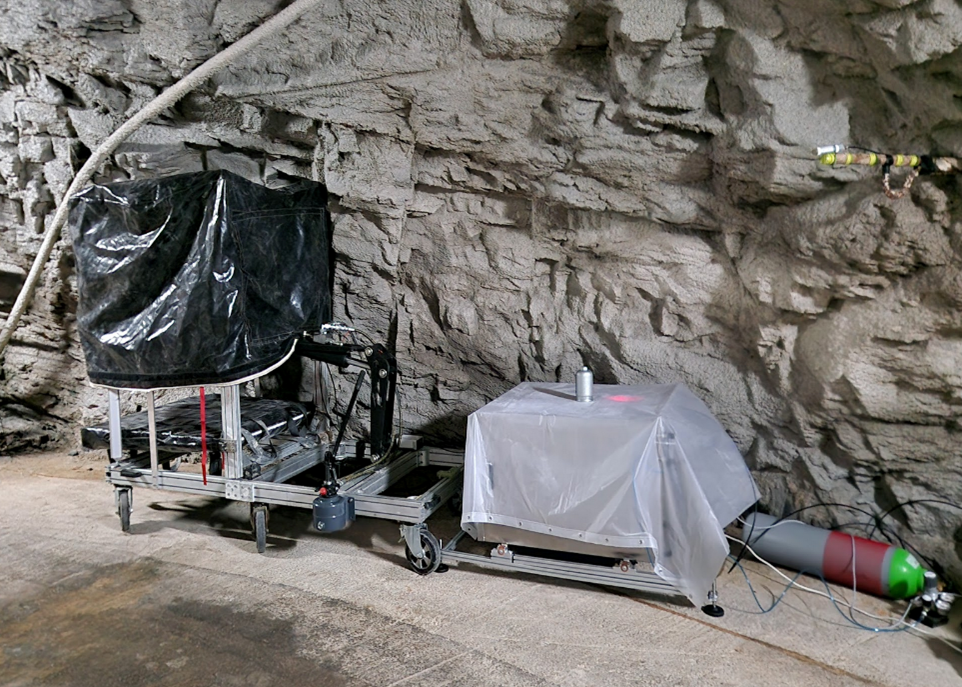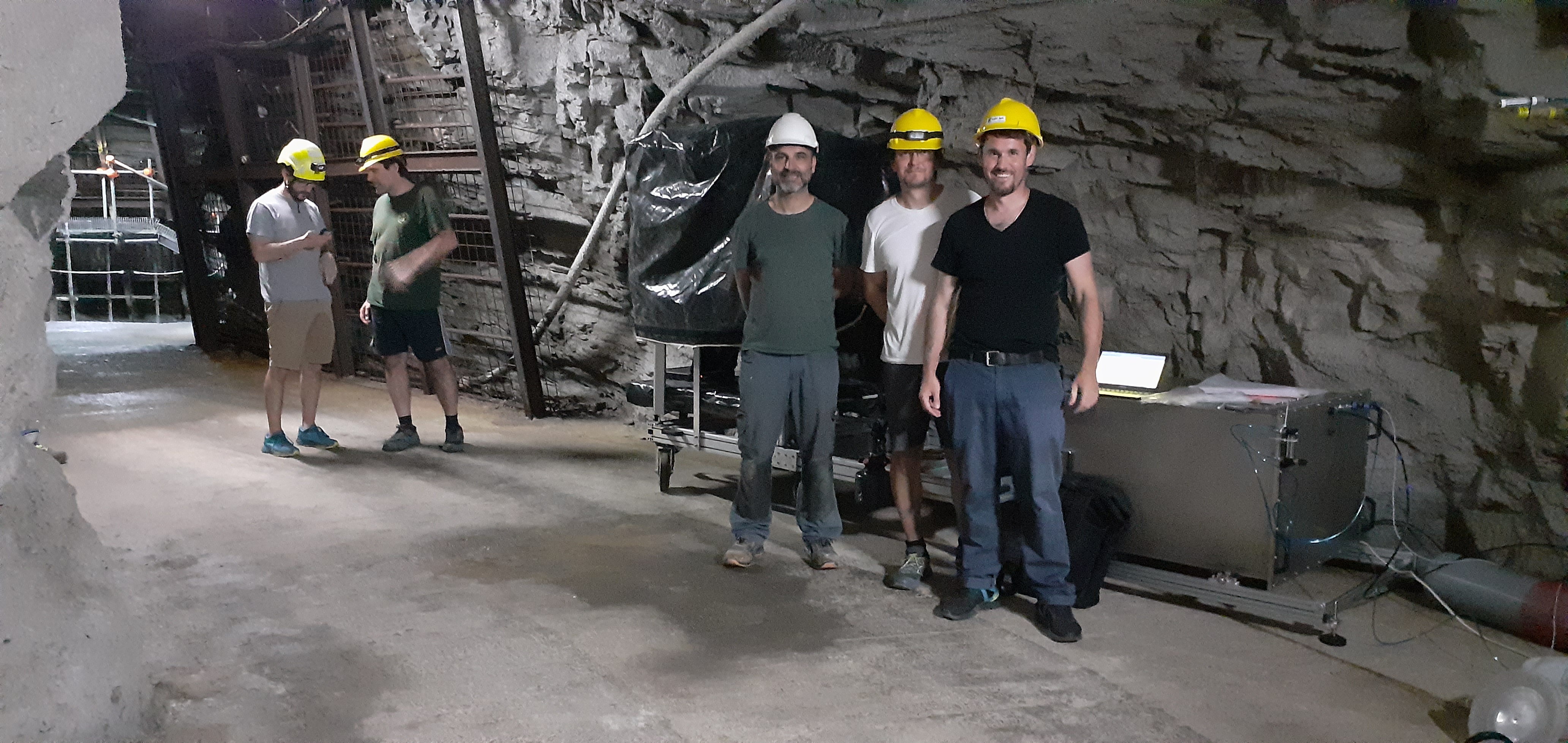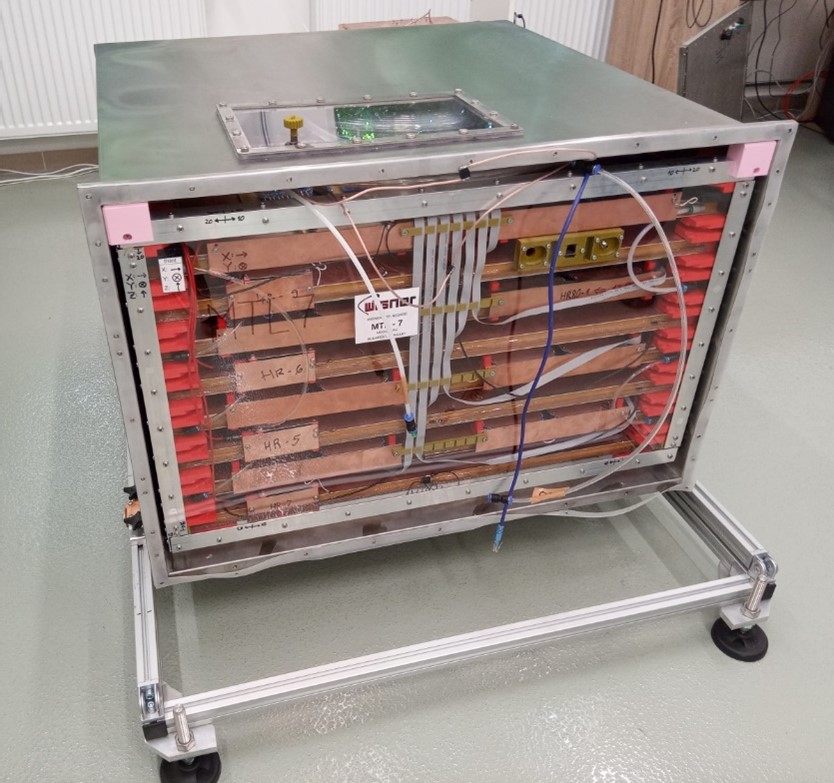Researchers from the HUN-REN Wigner Research Centre for Physics are contributing to the investigation of one of the potential sites for the Einstein Telescope: the Sos Enattos mine in Sardinia, where they have installed a state-of-the-art muon detector developed by the Innovative Gaseous Detector Development Research Group.
Until now, humanity has only been able to gather information about the universe beyond our solar system by using various wavelengths of light, X-ray telescopes, radio antennas, and optical telescopes, as well as by observing high-energy cosmic particles. However, the detection and study of gravitational waves could open up an entirely new way of understanding the universe.

Since the first detection of the gravitational waves predicted by Einstein, plans have been underway to build a measuring instrument in Europe that is an order of magnitude more sensitive than existing ones. The design of the Einstein Telescope (ET), supported by the European Strategy Forum on Research Infrastructures (ESFRI), is being carried out by an international collaboration involving HUN-REN Wigner RCP.
HUN-REN Wigner RCP researchers László Oláh, Gergely Surányi, and Dezső Varga are contributing to the investigation of the Sos Enattos mine in Sardinia with the muon detector installed there. The aim of the measurements is to understand the properties of the rock layer above the proposed site for the Einstein Telescope and to assess the background radiation caused by cosmic particles.

The French (left) and the Hungarian detector (right)
Muon particles, which originate from atmospheric interactions of cosmic rays, are naturally occurring and can penetrate rock and other materials, with some being absorbed depending on the rock's density. Muography uses this property to obtain information about the structure of large objects. To measure gravitational waves, it is essential to have an area free of background radiation, which makes it necessary to measure the presence of muons as well.
The researchers have successfully activated the cosmic particle detector in the Sardinian mine, and it has been providing interesting and important data for weeks. The measurements are expected to continue for several months, as the detector will be installed in multiple tunnels. In addition to the gaseous tracking system developed at Wigner RCP, a scintillation detector from the Institut de Physique des 2 Infinis in Lyon is also conducting measurements in the mine.

The detector in the Lab



